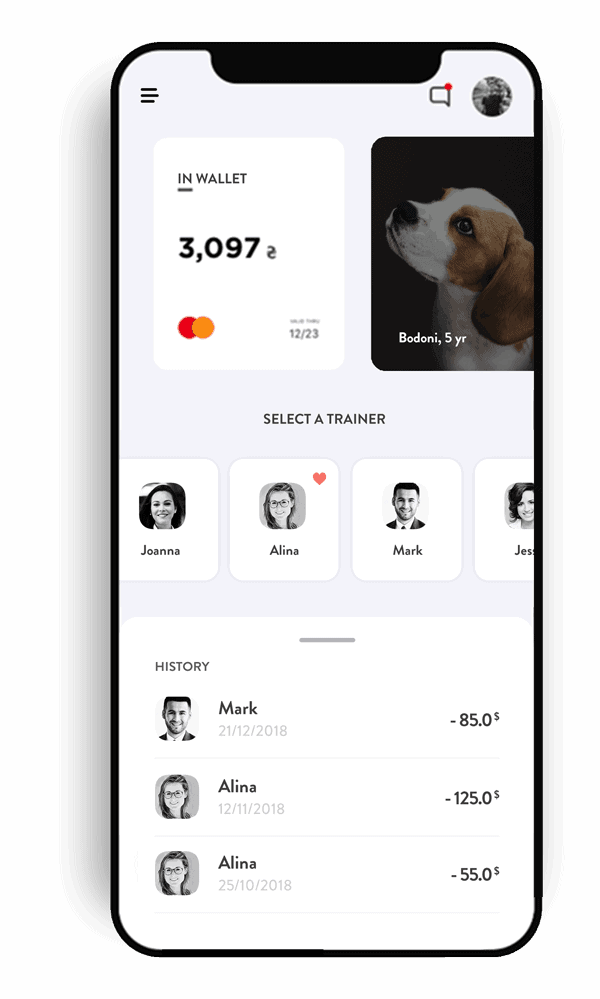What is Social Media
Social networking is used by 79% of the United States online with the majority utilizing social media networks on their mobile phones. By tapping into native feeds and reaching potential customers when they are not looking to buy, you can get considered at any point in a potential customer’s buying journey.
What kind of Social Traffic do you need?
Consider different traffic channels as they best fit your business goals and needs.

One of the largest social media companies in the world, 2.7 billion people in the world are online here.
With a focus on media content, half a billion people on Instagram could be the right demographic for you.
LinkedIn has the smallest crowd listed here at 260 million but is a niche social network for professionals.
SnapChat
If your target is under 25 then you should consider getting started on Snapchat. Tricky network but very rewarding.
Starting on Social
Social Profiles online have a special setup for a business. While utilizing your personal profile definitely is part of a good organic social media campaign, it is equally important to fill out as much information about your business as possible on your company’s social media page. Basic areas such as business name, address, and phone number should be accurate and uniform across all your profiles. More advanced areas like a service or product menu and uploading photos or offers often can have a deeper impact on the number of people you reach.
Paid Ads
The most popular among paid forms of advertisement we see are boosted posts. Don’t use these unless you really know what you’re doing. Targeting parameters can be tricky and nothing is worse than paying to reach the wrong audience. Well, almost nothing, not marketing your business at all could be worse. With the right targeting parameters, you can, however, reach highly interested people on a daily basis.
Scale & Grow
Once you’ve begun attracting followers and connections on these platforms, harvest the data and find out more about who your company resonates best with. Utilizing the data from paid and/or organic campaigns you will want to double down on the areas that you are doing best in.
Harvesting data should be the primary point of any beginning campaign over the first 30 to 90 days of the campaign. Value in running ads is not just the initial conversion but the data that will allow you to buy more of the right traffic at a lower overall cost per lead or sale for your company.

Layerd Dominant Marketing
Showing up once on the first page of Google is great, showing up several times within the local map pack, organic rankings, reviews, and social sites is even better. We practice authority marketing as well when it comes to search engine marketing. When you’re able to show that your company is not just another option on the first page of a search engine but instead the best option, this will not only improve your campaign but also improve your ability to convert traffic into paying customers.
Use More Than One SEO Strategy
By making certain that you are using multiple strategies that do not interfere with each other you can make the most aggressive efforts possible for your company. Using local directory citations to build a safe foundation of beginning links for a new E-Commerce website would be one such example. Always starting with any project with a focus on on-site optimization methods is a very important step as well. Relying on an assorted style of backlinks is also an opportunity for a stronger profile. As long as you are continuing to provide relevance and value to the search engine visitors who find you you will win consistently.
Disavow Unhealthy Links
One often overlooked area of concern for any search marketing campaign is to remove the liability associated with having poor or spammy backlinks. These kinds of links could accidentally appear over time or be maliciously put there by a competitor. Some of the ones we see often are websites in a foreign language that you don’t service or websites with a list of thousands of other website links that you are listed on. By submitting a list of unhealthy links like this to Google you can request that your website not be penalized for these links existing. While you can also attempt to reach out to the webmaster where the back-links exist, most of the time you will not get a response in a timely manner. Creating a disavow file may sound daunting but the process is fairly simple and can be done for most web properties within an hour or so.
FREQUENTLY ASKED QUESTIONS
